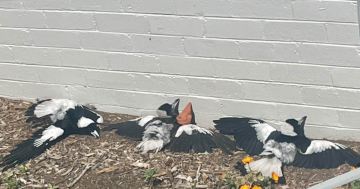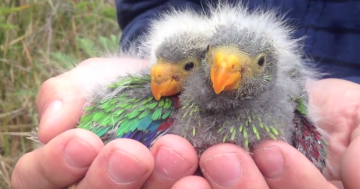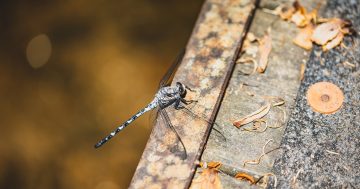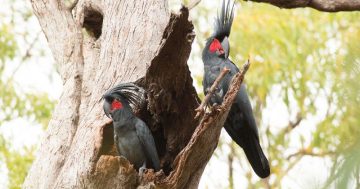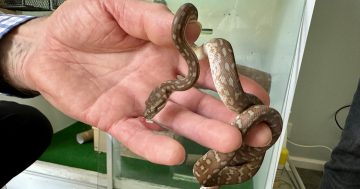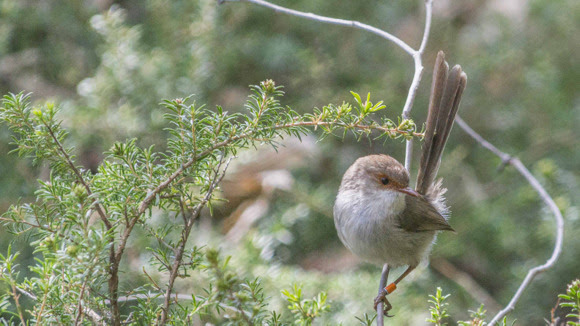
Researchers at ANU have found that warmer temperatures are having a big impact on their breeding habits. Photo: Supplied.
The superb fairy-wren is one of Australia’s most recognisable bird species, yet warmer temperatures are having a big impact on their breeding habits according to researchers at the Australian National University (ANU).
The research, led by Dr Lei Lv, who is visiting ANU from Sun Yat-sen University in China, looked at the breeding season of superb fairy-wrens living in the Australian National Botanic Gardens in Canberra.
Dr Lv says warmer temperatures in early spring mean the birds will start breeding earlier than they normally would. If temperatures rise too high in mid-summer, they will also finish breeding earlier.
“Fairy-wrens have a very long breeding season which usually runs from around September through to February,” Dr Lv said.
“The timing varies a lot among individuals and from year-to-year. We wanted to see if this variation was connected to changes in climate.
“It turns out if the minimum night-time temperatures are milder, the birds will start breeding earlier.
“Also, if it gets really hot and dry towards the end of the breeding season, in late December or early January, the birds stop breeding earlier as well.”
The researchers also found that when a female fairy-wren starts and stops breeding, this can have an impact on how successful they are.
“Individuals produced more young if they started breeding earlier,” Dr Lv said.
“However, unsuccessful individuals kept trying until very late in the breeding season, but often to no avail. Thus, they stopped breeding later.”
The research is part of a long-term study on the fairy-wrens in the Botanic Gardens that has been running for over 30 years, led by Professor Andrew Cockburn at ANU.
“Every fairy-wren in the Botanic Gardens is marked and monitored, so we have details of their full life history,” study co-author Professor Loeske Kruuk said.
“There are very few studies of this length or detail of bird species in the southern hemisphere.”
It’s hoped this wealth of data could eventually help scientists understand the effects of climate change on wild animal populations across the globe.
The study was published in the journal Global Change Biology.












